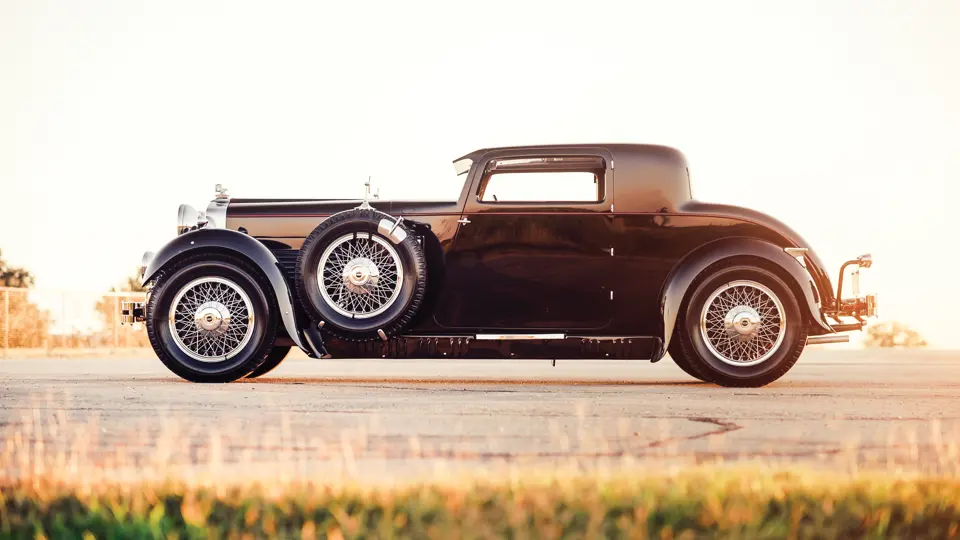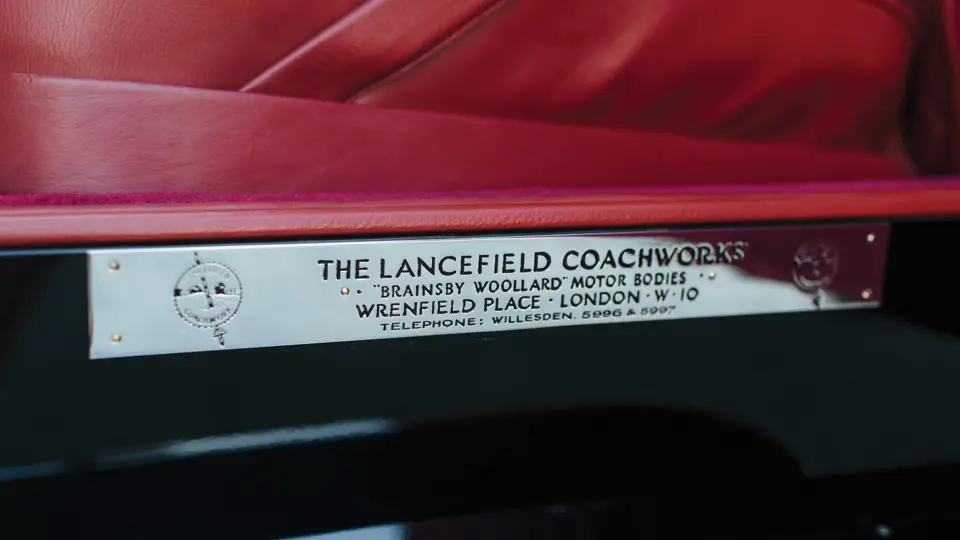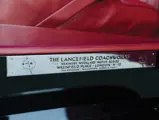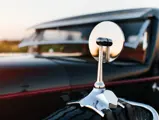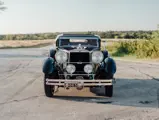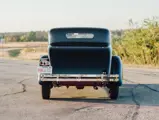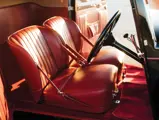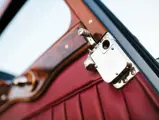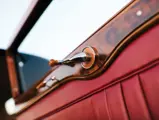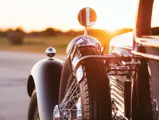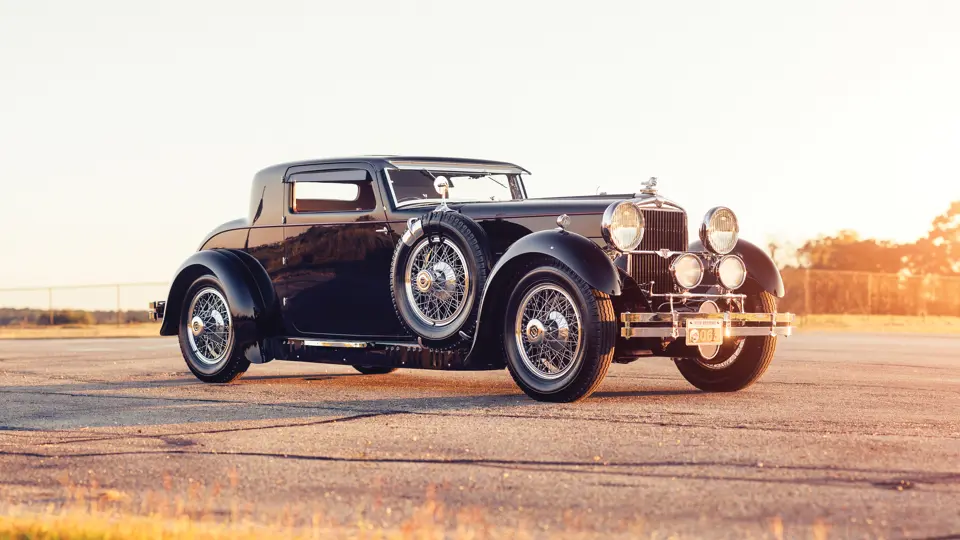
1929 Stutz Model M Supercharged Coupe by Lancefield
{{lr.item.text}}
$1,705,000 USD | Sold
{{bidding.lot.reserveStatusFormatted}}
- Offered from the collection of marque specialist Richard Mitchell
- One of just three extant supercharged Stutzes
- The most famous automobile of the A.K. Miller collection
- Original chassis, engine, and coachwork, as-delivered in 1929
- Exceptional restoration; a major award-winner all over North America
Est. 185 bhp, 325 cu. in. SOHC inline eight-cylinder engine with centrifugal supercharger, four-speed manual transmission, semi-elliptical leaf springs front and rear, and four-wheel drum brakes. Wheelbase: 134.5 in.
A STUTZ ENGINEERED FOR LE MANS
As the dust of Le Mans settled in 1928, American manufacturer Stutz stood back and reviewed the results. The company had made its return to international racing that year, following an absence of over a decade, with a stock Stutz entered at Le Mans by a French syndicate. The car finished the race 2nd Overall, recording an average speed of 106.53 mph, a feat that historian and collector Dr. Fred Simeone notes in his book, The Spirit of Competition, would stand as the best finish by an American car at the fabled event until 1966.
Stutz’s Model M engine, an overhead-cam eight aptly dubbed the Challenger, was advanced and powerful for its time, but Bentley countered it for 1929 with its new, massive, and potent 6½-Litre model. Building a bigger engine was not in the cards for Stutz, but in “Bentley Boy” fashion they decided to try supercharging. A centrifugal blower was developed, mounted at the front of the engine, between the front frame irons; a control on the dashboard would engage the blower, forcing additional induction through the carburetor by a long pipe. With the supercharger engaged, a blown Stutz could produce an estimated 185 brake horsepower.
Three supercharged cars were submitted to Le Mans, sent to Europe through U.K. distributor Warwick Wright Ltd. of New Bond Street, London. One of the trio retired in 4th place, while another finished 5th Overall, behind four Bentleys. It was a bold effort and one of the most imaginative and inventive efforts by any American company to win at Le Mans – as well as one of the first American supercharged cars seen in Europe.
Only three authentic supercharged Stutz automobiles are known to survive today: the former Harrah’s Weymann-bodied Le Mans tourer in the Simeone Foundation Automotive Museum; a Derham-bodied convertible coupe, long prized in a well-known private collection; and the beautiful beast offered here.
THE GREATEST TREASURE OF “KING STUTZ TOMB”
Chassis number M-C-31312 was supplied by Warwick Wright to the United Kingdom and was mounted with its present coupe coachwork, identified on its builder’s tag as being commissioned by the London firm of Brainsby-Woolard (essentially a “coachwork broker”) to the renowned shop of Lancefield. Lancefield was known for its designs of subtle sporting elegance, and its trademark styling touches are present on the Stutz, including the low “gun turret” roofline, “helmet”-style fenders, teardrop step plates instead of running boards, and stamped louvered panels covering the sides of the chassis frame. A letter on file from U.K. Stutz historian and author of a yet-unpublished book on the subject, Norman Barrs relates that interviews carried out by him with a man who apprenticed with Warwick Wright, Ltd., established that at least four of these supercharged coupes with similar but not identical coachwork were produced by Lancefield in 1929. One of the customers is known to be a Mr. Resting, who was a senior manager for F.W. Woolworth, and another customer was a Mr. John MacAlpine.
In 1946, M-C-31312 was acquired by Alexander Kennedy Miller while on a car hunting trip in the United Kingdom, which according to Mr. Barrs, came from an unknown owner in the Midlands. Extant photos supplied by the Simeone Automotive Foundation show the car outside of his uncle’s house in London prior to export to the United States, along with a late Stanley Steamer he acquired at the same time. Son and heir to a wealthy stockbroker, Mr. Miller became an enthusiast of Stutz automobiles at the time when they were still in production. Even as he moved from Montclair, New Jersey, to a rural Vermont farm, he continued to buy Stutzes and their parts, secreting them away in barns, sheds, and lean-tos on the property and selling parts to other enthusiasts in need. Well known to Stutz aficionados, he nonetheless remained something of an enigma to the outside world at the time of his passing in 1993. Three years later, his estate was sold at auction, in an epic unveiling of the long-hidden automobile collection dubbed “The Opening of King Stutz Tomb” by the media.
The Lancefield coupe was the centerpiece of the collection and the featured lot of the auction, selling to well-known Canadian collector David Cohen in much the same configuration as when Mr. Miller acquired it, stripped down to the original aluminum body panels. The aforementioned photographs taken in London in 1946 have been closely examined and clearly show the bodywork to be of metal with a padded leather top, rather than the fabric Weymann-style paneling occasionally described.
Mr. Cohen had the Stutz restored in black with red striping and a red interior, and proceeded to enter it in the 1997 Beijing–Paris Motor Challenge, a grueling 45-day rally. Despite the fact that the restoration was literally hours old, with no test miles, upon the car’s shipment to China, the Stutz nonetheless performed valiantly until a lack of critical spare electrical parts forced a reluctant withdraw from the event. It was subsequently invited to the 2000 Pebble Beach Concours d’Elegance, where, freshened and recovered from its Beijing–Parris travails, it was judged Best in Class and awarded the Briggs Cunningham Trophy.
Later in 2000 the car was acquired by the noted sportsman and enthusiast Skip Barber, who subjected it to thorough mechanical sorting by the noted Massachusetts firm of Holman Engineering. As part of this work, the supercharger was fully rebuilt with improved modern internal components and fitted with a rebuilt proper carburetor, with other mechanical improvements between 2003 and 2005. Following a Best of Show at the Greenwich Concours d’Elegance in 2006, the car was added to the John O’Quinn collection, from which Stutz authority Richard Mitchell acquired it four years later.
Mr. Mitchell examined the car’s original restoration and had his restoration shop, Old Iron Works of Montgomery, Texas, restore the Stutz anew. The shop thoroughly evaluated the mechanical aspects of the engine and chassis, returning them to original condition while re-plating the brightwork throughout and refinishing the coachwork. It was displayed in a special Stutz feature class at the 2011 Pebble Beach Concours, and gathered Best of Show awards, at the Keeneland, Ault Park, and Sante Fe Concours, as well as the Milwaukee Masterpiece and the Hilton Head Island Motoring Festival. In fact, the Keeneland Best of Show trophy was won twice, in both 2012 and 2014! The car scored 99.75 points at the CCCA Annual Meeting in 2012, and today holds Senior badge number 3027.
Quite simply, every Stutz enthusiast knows and adores “The Lancefield,” which can now be considered not only one of the most famous denizens of the Miller barn, but also one of the best-known Stutzes that exists. It boasts the rarest factory supercharged drivetrain, engineered for Le Mans, and the most stunning European-designed coachwork created for a Stutz. Together they combine to make one of the ultimate performance automobiles of their age.




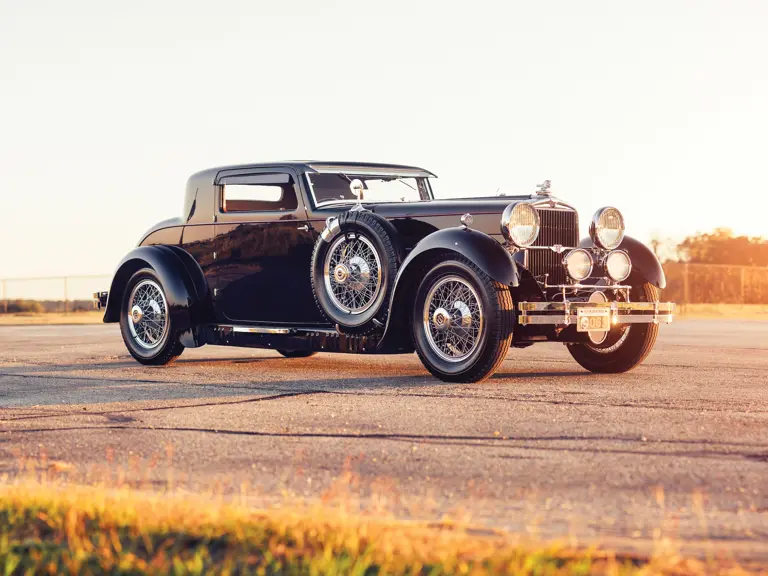



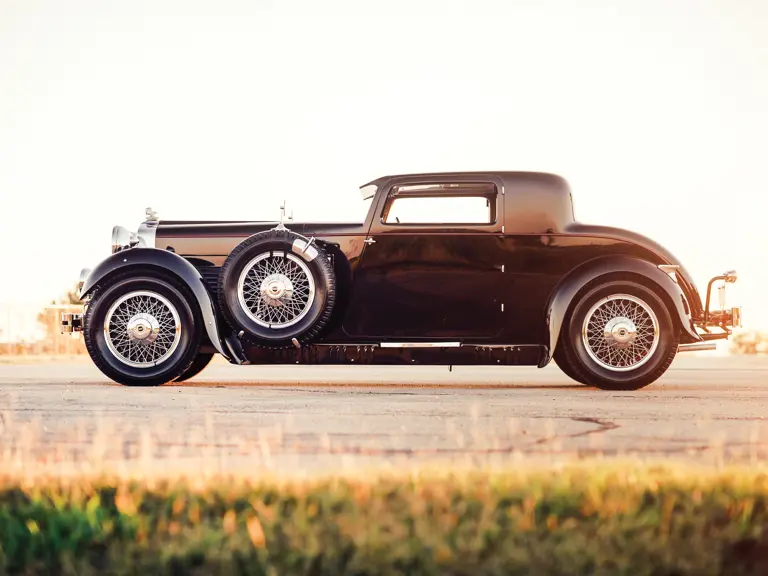

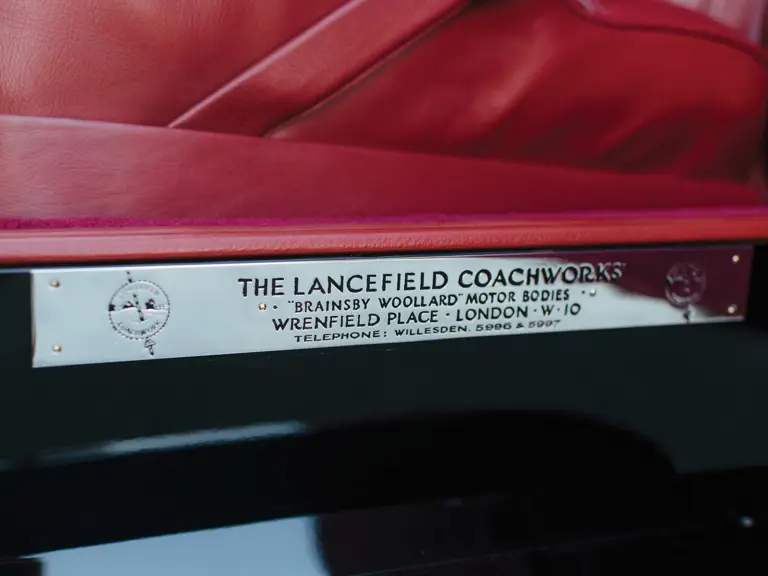
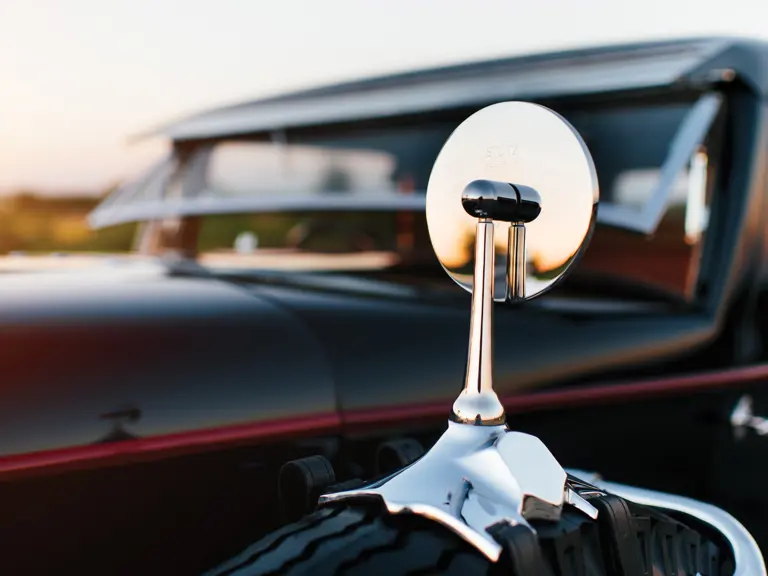
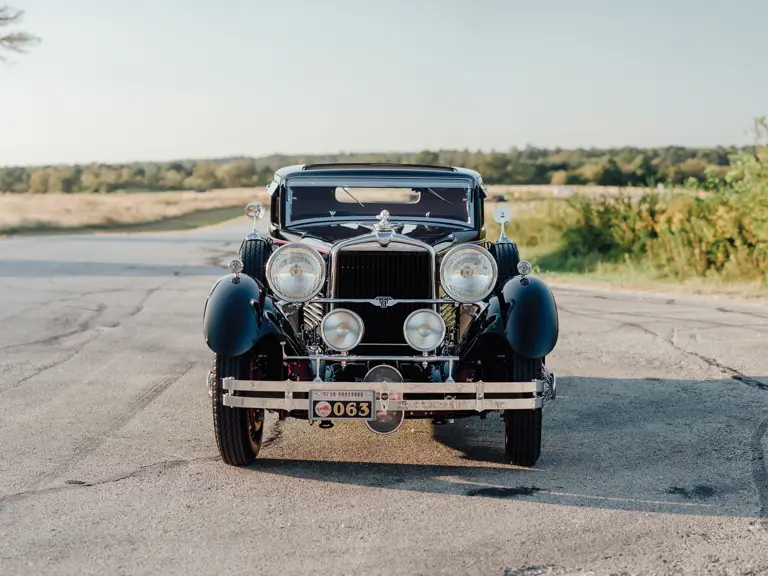

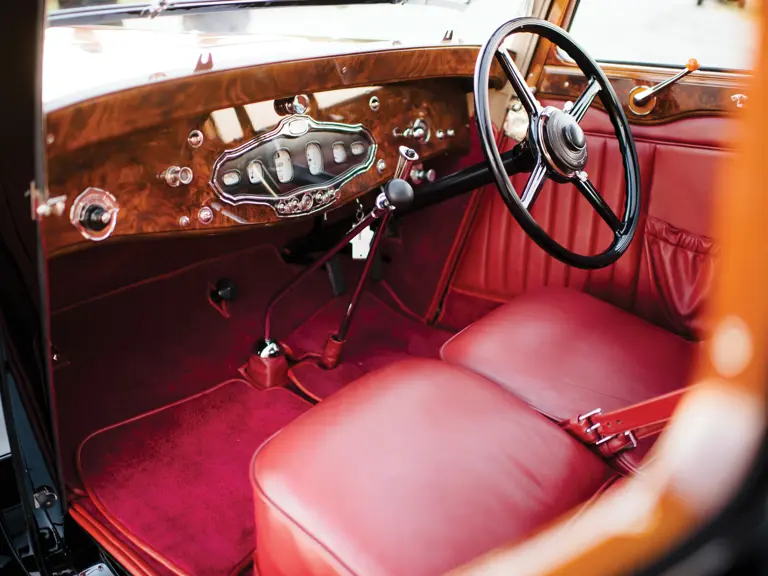
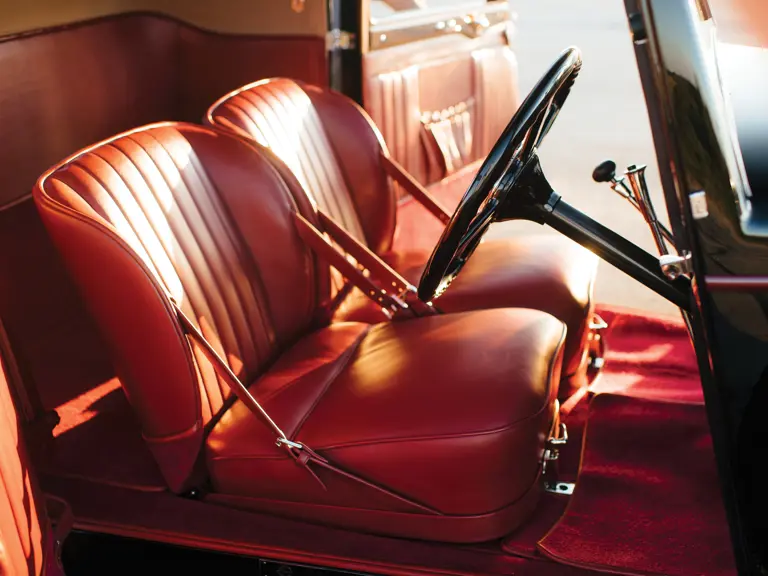
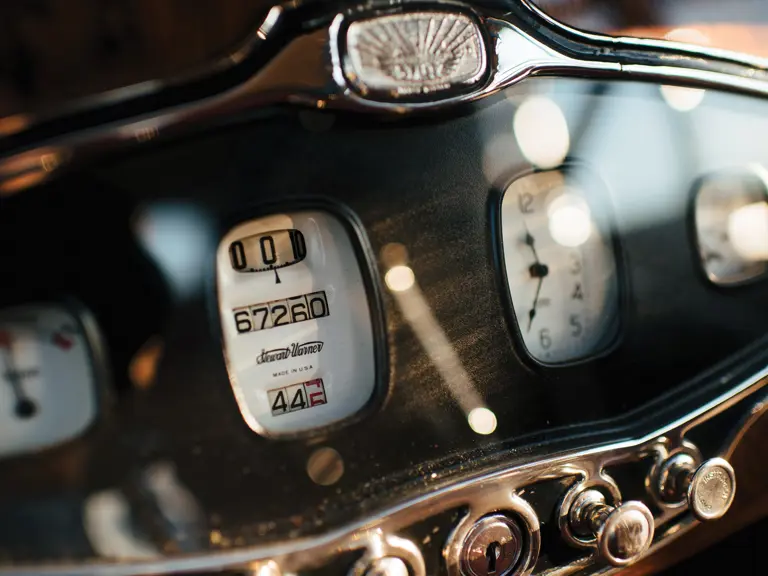
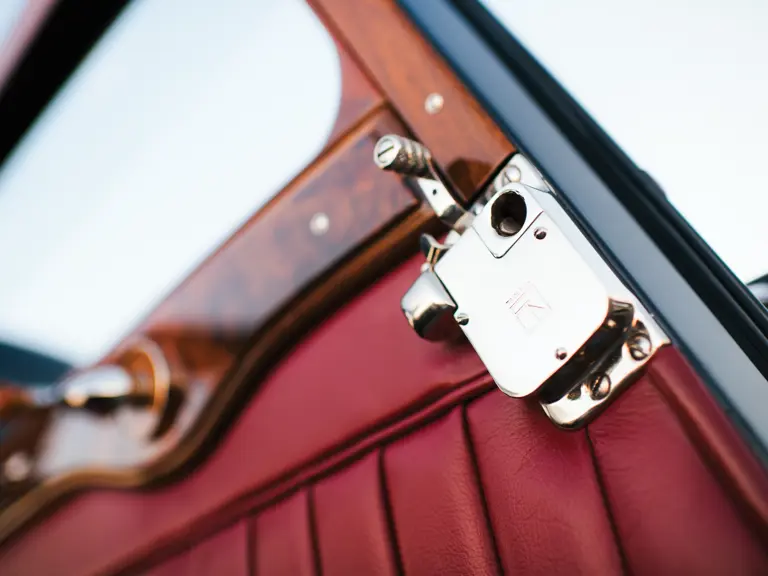

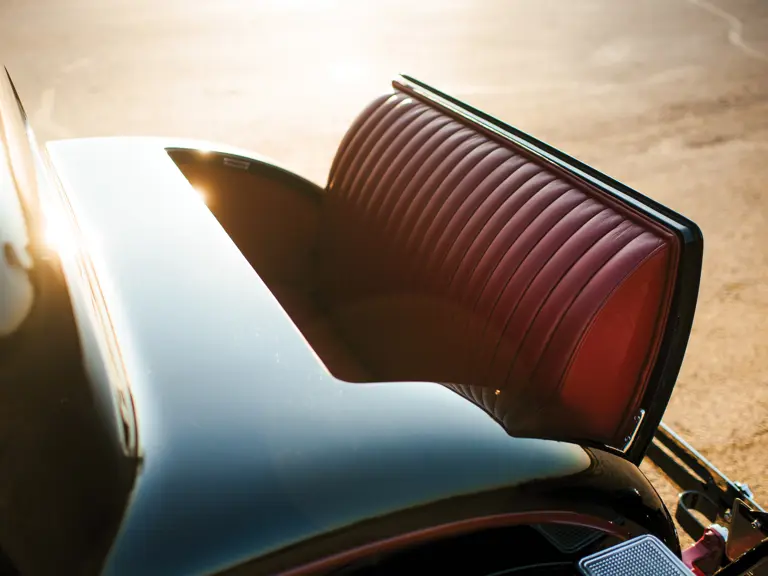

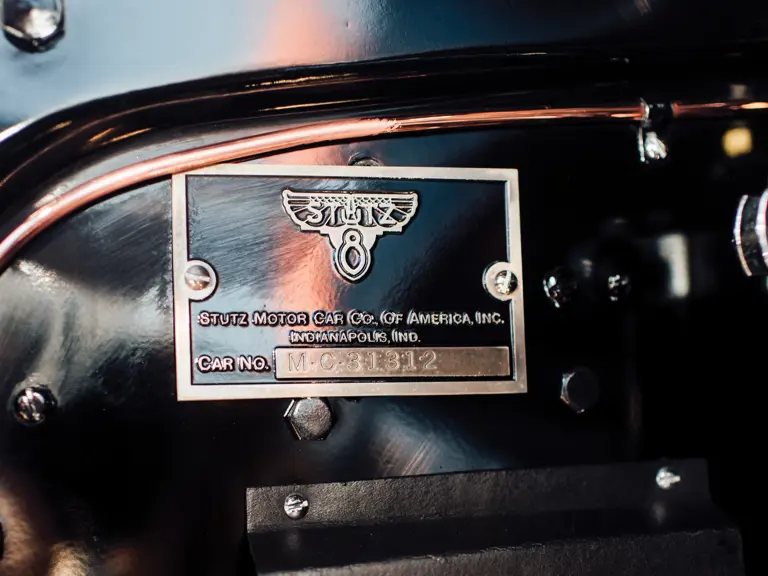

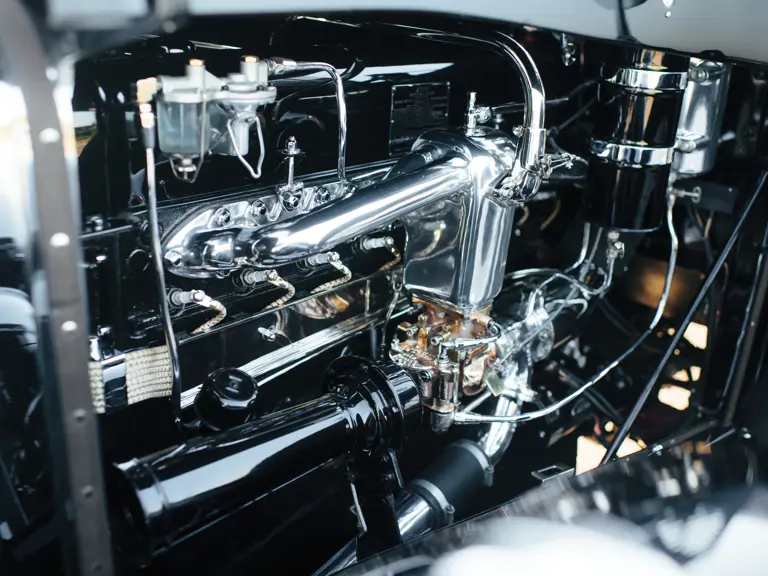
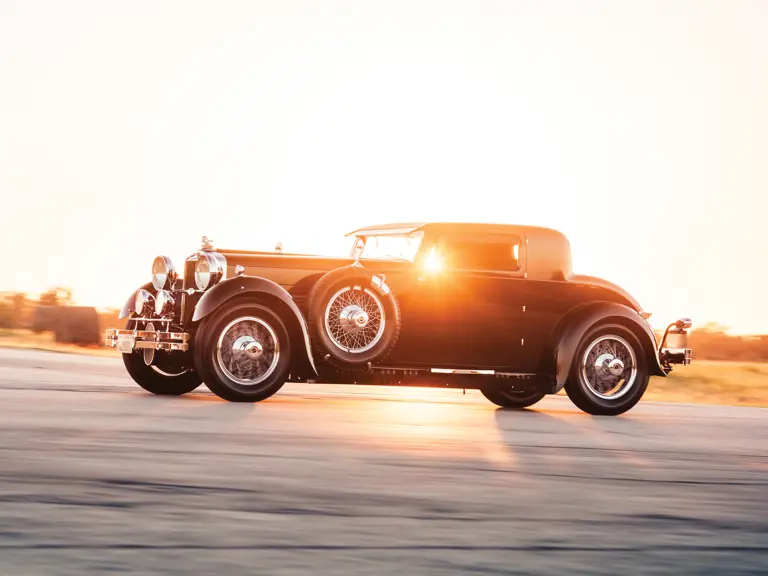
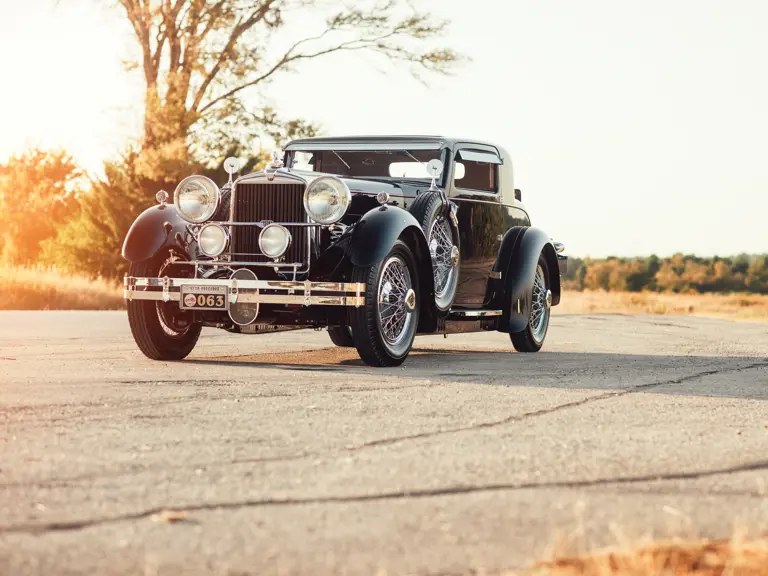
 | Amelia Island, Florida
| Amelia Island, Florida
